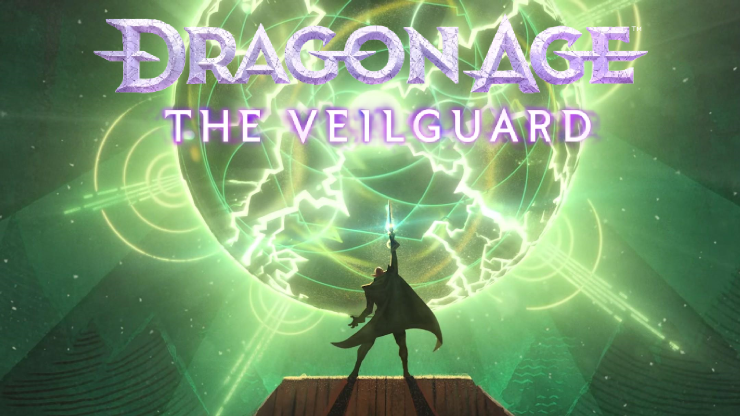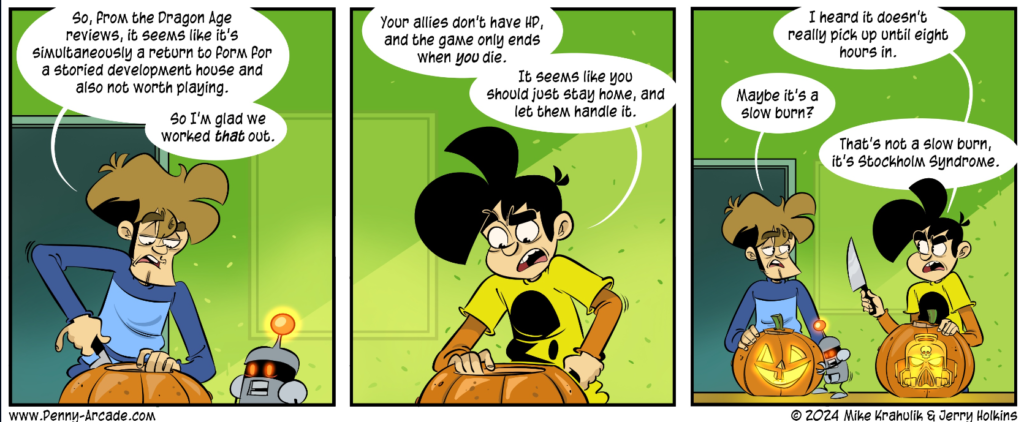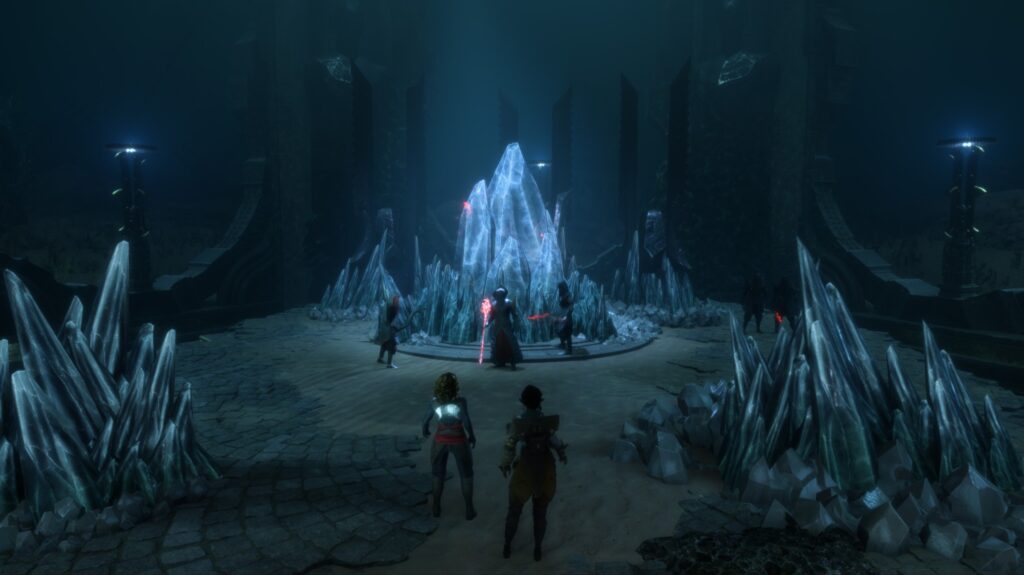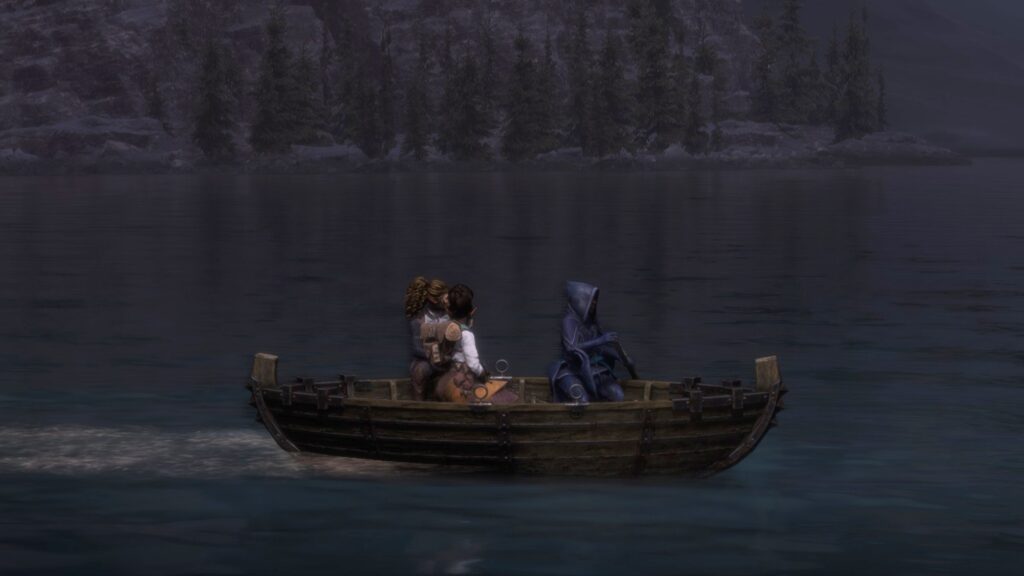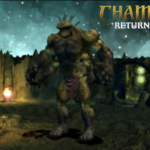I’ve read a dozen times over that Dragon Age: The Veilguard doesn’t really show you the true game until you’re eight hours in…
That would be the time you open up the Crossroads — the travel hub that connects the areas in the game — and are finally let off the rails.
Up to that time, you’ve been playing a visual novel; long cut scenes broken up with the occasional fight. Decisions are made, but (as far as I know) they aren’t consequential ones, and to be honest, I haven’t encountered any really consequential decisions (well, perhaps one, dealing with our dwarf companion).
As an unfair comparison, by the similar point in Baldur’s Gate 3, you could already have made consequential decisions that would vastly change your game. For instance, killing all your potential companions is a thing you can do there. That might not be wise, but it’s possible.
But, once the game opened up and the real game started grinding into gear, it suddenly hit me. DA:VG isn’t an RPG; it’s a puzzle game.
Let me explain.
There’s this scene in the movie adaptation of “Ready Player One”, where the protagonist finds a racing game’s Easter egg by starting the race in reverse and finding a shortcut. This game, in the movie, cannot be finished normally; using the shortcut is the only way to finish the race. It’s been years. This racing game is super popular (and yet can’t be finished normally). The protagonist is the ONLY one to ever try this.
Whoever wrote the movie never met a gamer.1
The DA:VG devs have met gamers and have learned this lesson. Dragon Age: The Veilguard is a game almost entirely about finding shortcuts and hidden paths. Every time the game says go left, I go right, and find treasure. Every time the game says hurry hurry, I say, hold up. There’s treasure nearby.
This is what the game WANTS. There’s a little icon that shows up on the UI that lets you know when there is treasure nearby. There’s a counter that tells you how many treasure chests are in the area and how many of them you have opened. The treasure chests appear on the map. Getting to them usually involves solving a puzzle or using the special abilities of your companions. There’s places all over the maps where you can switch out companions presumably just to help with puzzles needing their special talents.
I’m eleven hours into the game. At least a third of that has been trying to get to treasure.
A third of that is cutscenes. And then there’s the third that is an RPG, where you are taking on quests, fighting trash mobs, and demolishing bosses.
I really like the boss fights. They are hard. They take a long time, and they challenge you to learn the moves and counters for the boss. There’s aids you can turn on — your head glows red if you’re the target of an unblockable attack, yellow if you can block it. There’s a combo you can set up with your companions where you give a boss the sundered condition, then can follow up with an explosive condition, then use your most devastating attacks. Weapons can (like in Elden Ring) build up a staggered condition that will send them to the ground where you can use a finishing move. Like in Guild Wars 2, bosses have a defensive stance that must be worn through before any real damage can be done.
Some boss fights occur with the plot; some come as you explore off the beaten path. These are the “Champions”, that die to open up new places in the Crossroads that lead to — you guessed it — treasure.
So, let’s talk about the treasure.
As in Dragon Age II, gear drops that is specific to you or your companion. Just playing the game normally, without treasure hunting, will get you a decent gear baseline, that you can upgrade at your base using materials you find laying around.
The best stuff is hidden behind treasure hunting, garnering you straight upgrades, or rarity boosts if you find another copy of something you already have, or materials necessary for upgrading at the base. You can also find rarity upgrades on merchants. Merchants level up when you sell them rare items, that are found via treasure hunting.
The world’s economy is based around treasure hunting. If you ignored the plot and just focused on side quests and treasure hunting, I believe you will see every game mechanic the game has to offer.
Naturally, of course, you will want to work on the story. That’s the only way to get new companions whose abilities can help you get more treasure.
It’s treasure chests all the way down.
The story? Well, I don’t want to spoil anything. I’ll talk about the prologue. Three characters from Dragon Age III: Inquisition show up. One wants to destroy the world. One gets seriously injured trying to stop it. And one becomes your first Companion. In stopping the world destruction, though, you let two evils back into the world. The plot presumably involves tracking them down and killing them. But, not too quickly. You and your companions have a long history of adventure and heroic deeds, but somehow, for a reason never explained, you are currently left with no skills, weak armor, poor weapons, and few friends who are likewise not working at their best.
DA:VG is full of scenes where a new companion shows up, destroys everything in the area, light show everywhere, bosses brought low, explosions and lens flare and noise and confusion… then they join your party and suddenly have no skills and need to keep their asthma inhaler close by in case they overexert themselves.
It’s a trope that the game is glad to lean into.
I like the game.
I need to emphasize that I am having fun with the game. The voice acting is spectacular. The characters are engaging. The areas are evocative. The puzzles are usually fun. I’ve said the boss fights are without exception (so far) gems. The game makes it clear when you’re working on a romance so you can kind of aim it in your preferred direction. This is unlike Baldur’s Gate 3, where it seemed my character was always having to fend off unwanted advances.
But, if BG3 is the kind of game you’re looking for, DA:VG ain’t it. And that’s fine. Like Dragon Age: Origins, your chosen race and background influence how the story is told. Like Dragon Age: Inquisition, you can more or less go through the story your own way, without it ever becoming grindy in the way DA:I could get. Like Dragon Age 2, your companions are truly unique and grow their own way as you grow.
It’s a Dragon Age game, whatever that means to you.
- The book is entirely different, and the first Easter egg is something obscure enough that it would be tough to find, not instantly obvious, as in the movie. ↩︎
